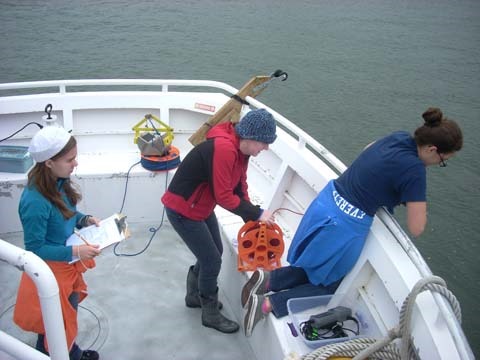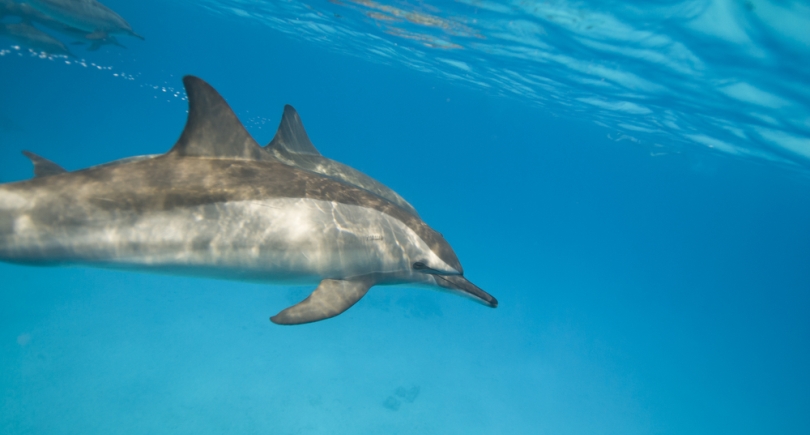Kimmela Center executive director Dr. Lori Marino is quoted extensively in an article about animal-assisted therapies by Adrian Burton in the prestigious medical journal The Lancet Neurology.
The article, entitled “Dolphins, dogs, and robot seals for the treatment of neurological disease” asks:
A growing body of evidence suggests that animal-assisted therapies and activities involving all kinds of real and even robotic animals can have beneficial effects in people with neurological disease or mental illness. But what is the quality of that evidence, and do these interventions really provide any health benefits?
Burton notes that while there are numerous reports of animal-assisted activities and therapies being beneficial to people with neurological or mental disorders, this growing field lacks “high-quality evidence regarding the value of such therapies.”
Dolphin-assisted therapy is an especially lucrative activity that’s offered by facilities all over the world, making claims, among others, that swimming and interacting with dolphins increases attention span, motivation, motor function, and language skills in severely disabled children, and provides similar therapeutic benefits for those with autism, epilepsy, Angelman’s syndrome, dyslexia, or Tourette’s syndrome.
But how good is the science behind these claims? Dr. Marino says most of it is of very low quality:
“Many reports in the literature are observational or, when prospective, involve very small numbers of patients or lack critical control conditions. As a result, most suffer from problems with construct validity—i.e., the inability to identify which components of the study (being in a pool, human interactions, new settings, etc.) are causally related to any observed short-term changes.
“… Most studies are plagued by major threats to construct validity such as placebo effects, novelty effects, demand characteristics, experimenter expectancy effects, [and] informant bias,” she says. “If it cannot be determined that the dolphin is an important therapeutic ingredient then there is no basis for most of the claims made by the lucrative industry that has grown up around dolphin-assisted therapy.”
Burton described the difficulties and expenses involved in constructing clinical tests that could provide valid evidence. Trudie Lang, a trials expert at Oxford University, U.K., describes a possible trial to assess whether interactions with a dog helped to reduce depression. You might, for example, recruit patients of the same age, who lived in the same kind of setting, have the same kind of depression, and are all given the same kind of dog, all trained in the same way.
“There is no basis for most of the claims made by the lucrative industry that has grown up around dolphin-assisted therapy.”
“However,” she tells Burton, “it would be difficult to apply any findings to more elderly depressives, or those given a terrier! Setting up a study with more variables would give more meaningful data—ie, it would measure real effectiveness—but would need to be vast and therefore very expensive.”
On the other hand, a pilot study in Australia that enabled elderly people with dementia to interact with a robotic baby seal, has produced some very interesting results. According to Burton, it paves the way for more such studies – perhaps “a controlled trial in which residential aged care facilities will be randomized to one of three conditions: the robotic animal, a plush toy, or the usual care.” Those studies, in turn, could pave the way for studies including real animals.
For Marino and other scientists who require convincing scientific evidence that animal assisted therapy offers more than general short-term “feel good” effects, the evidence, particularly for dolphin assisted therapy, is long overdue.
The Lancet is one of the world’s best known, oldest and most respected medical journals, founded in 1823, and editorial offices in London, New York, and Beijing.



